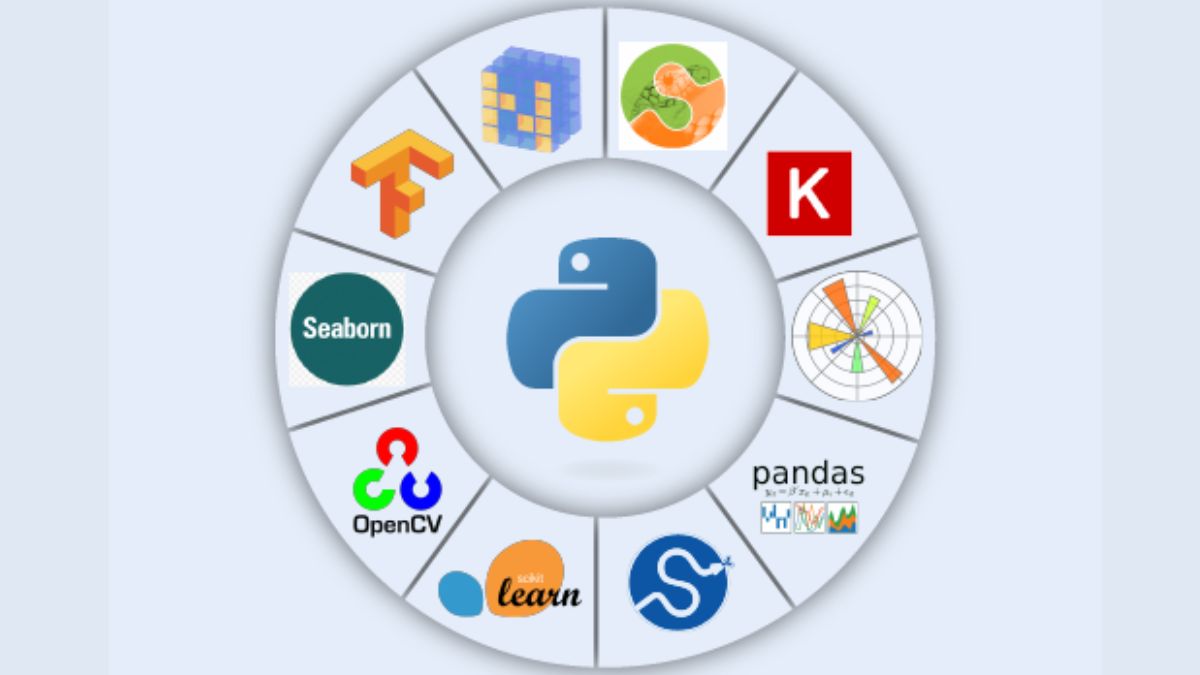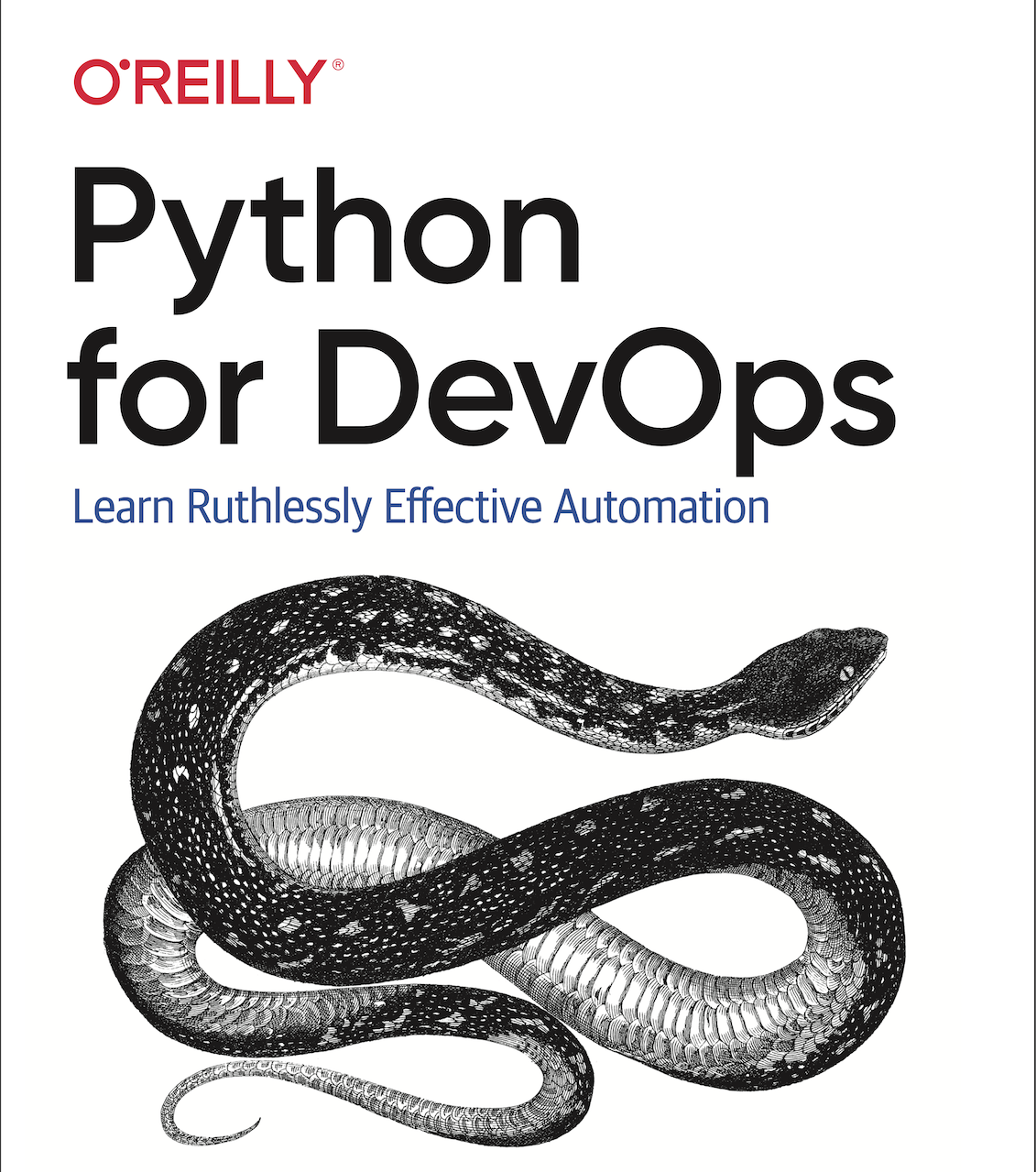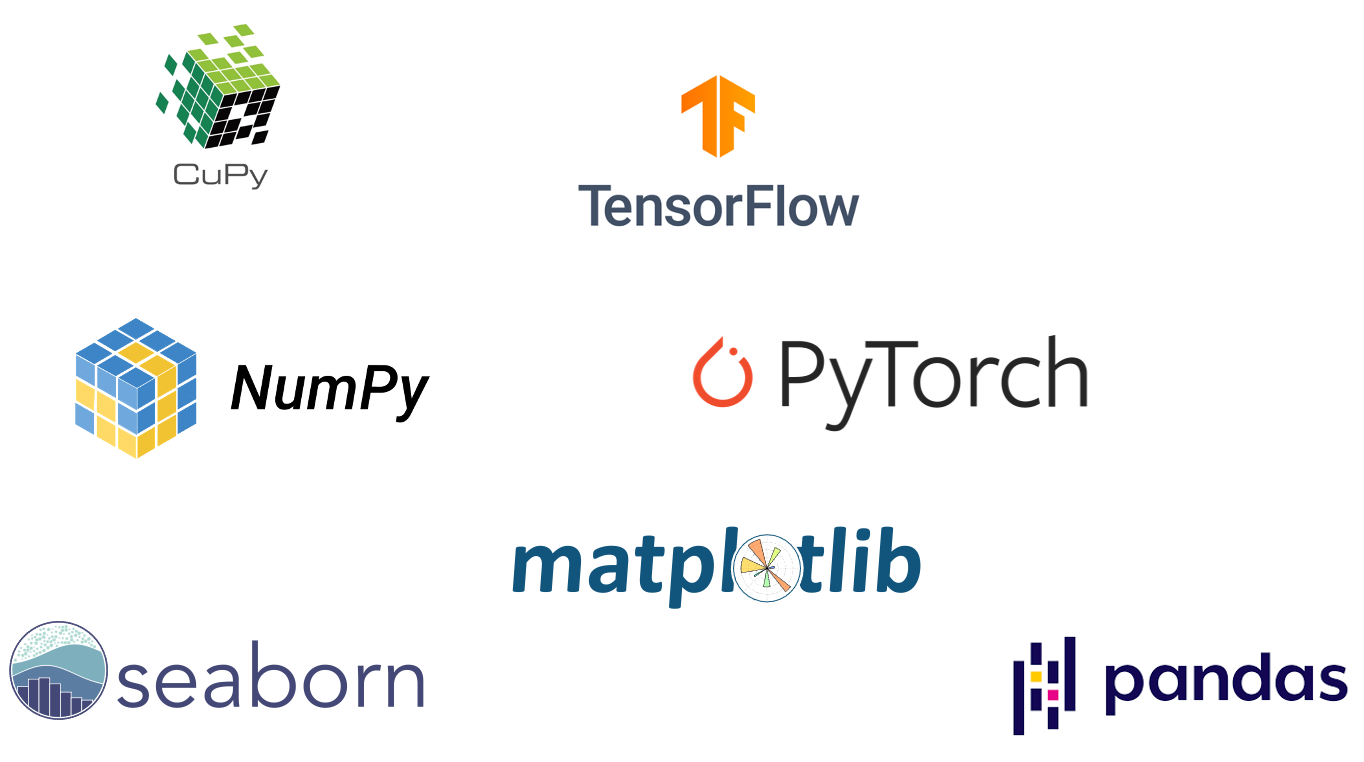
Python Web Development Company Django & Python Development
Let's understand this module with Step by step: Step 1: import TimezoneFinder module. Python3. from timezonefinder import TimezoneFinder. Step 2: make an object of TimezoneFinder. Python3. obj = TimezoneFinder () Step 3: Pass the latitude and longitude in a timezone_at () method and it return the time zone of a given location. Python3.

Talk Pratyush Das Python in High Energy Physics YouTube
The goals of the course are as follows: • Learn enough of the Python language and the VPython and matplotlib graph- ics packages to write programs that do numerical calculations with graphical output; • Learn some step-by-step procedures for doing mathematical calculations (such as solving di erential equations) on a computer; • Gain a better un.

How to Use Python to Teach High School Physics Physics high school
1. Astropy 2. Biopython 3. Bokeh 4. Cubes 5. Dask 6. DEAP 7. DMelt 8. graph-tool 9. matplotlib 10. Mlpy 11. NetworkX 12. Nilearn 13. NumPy 14. Pandas 15. Pipenv 16. PsychoPy 17. PySpark 18. python-weka-wrapper 19.

Python libraries for machine learning 2022 Analytics Drift
physics is a simple Educational library written in Python . It could be used for your school projects. Have you ever tried to define a number using errors? Calculating gravity? Get a proportionality relation? Now, that's possible and simple. Contents Installation Installation from pypi (using pip) - Latest stable version From Github Using pip

Best Python Libraries for Machine Learning and Deep Learning by
Pymunk is an easy-to-use pythonic 2d physics library that can be used whenever you need 2d rigid body physics from Python. Perfect when you need 2d physics in your game, demo or simulation! It is built on top of the very capable 2d physics library Chipmunk.

Python for Scientific Computing
There is also a Python version of Chrono, PyChrono. Chrono is cross-platform, open source, and released under a BSD-3 license. Applications Robotics Wheeled vehicle dynamics Tracked vehicle dynamics Nonlinear finite element analysis Mechatronics Off-road vehicle mobility Terramechanics Virtual reality Granular flows Collision detection

The negative effects of Ronald Reagan’s “War on Drugs.”
Pymunk is an easy-to-use pythonic 2d physics library that can be used whenever you need 2d rigid body physics from Python. Perfect when you need 2d physics in your game, demo or simulation! It is built on top of the very capable 2d physics library Chipmunk.

Python Physics Lesson 2 1D Kinematics and Loops YouTube
Speed # Temperature # convert_temperature (val, old_scale, new_scale) Convert from a temperature scale to another one among Celsius, Kelvin, Fahrenheit, and Rankine scales. Energy # Power # Force # Optics # References # [ CODATA2018] CODATA Recommended Values of the Fundamental Physical Constants 2018. https://physics.nist.gov/cuu/Constants/
GitHub ElectroCorp/pythonPhysics Basic Python physics library.
Python physics library? [closed] Ask Question Asked 12 years, 6 months ago Modified 6 years, 7 months ago Viewed 18k times 9 Closed. This question is seeking recommendations for books, tools, software libraries, and more. It does not meet Stack Overflow guidelines. It is not currently accepting answers.

Django Circle 8 Best Python Libraries for Image Processing
Bangladesh Physics Olympiad. Jan 2018 - Present 6 years. Education. -Mentored IPhO team of 2018 (which won 4 bronze medals and one honorable mention) and IPhO team of 2023 (which won 2 Bronze and.
GitHub lin199/pythonphysics 这是李宁老师写的python模拟物理过程的程序集
scikit-CP. scikit-CP is a computational physics simulation and modeling python scientific library. It is intended for students or scientists seeking to integrate physics computational solutions into their python projects. It is written in and only compatible with Python 3.

(PDF) Python in Fundamental Physics Computations
Latest version Released: Oct 5, 2023 Project description Vector: arrays of 2D, 3D, and Lorentz vectors Vector is a Python 3.8+ library (Python 3.6 and 3.7 supported till v0.9.0 and v1.0.0, respectively) for 2D, 3D, and Lorentz vectors, especially arrays of vectors, to solve common physics problems in a NumPy-like way. Main features of Vector:

Top 5 Python Libraries for Data Science SKILL MONKSSKILL MONKS
SciPy is an open-source scientific computing library for the Python programming language.

Python For DevOps Learn Ruthlessly Effective Automation python
PyChrono is the Python version of the Chrono simulation library. It is cross-platform, open source, and released under a BSD-3 license. Use PyChrono together with many other Python libraries. For example, do plots using MayaVi, do postprocessing with NumPy, train AI neural networks with TensorFlow, etc. Learn more Engineering-level results

Python Function Physics YouTube
Released: Nov 2, 2023 Project description Pymunk is an easy-to-use pythonic 2d physics library that can be used whenever you need 2d rigid body physics from Python. Perfect when you need 2d physics in your game, demo or simulation! It is built on top of the very capable 2d physics library Chipmunk.

python_library1 Science By Python
PyMedPhys is an open-source Medical Physics python library built by an open community that values and prioritises code sharing, review, improvement, and learning from each other. It is inspired by the collaborative work of our physics peers in astronomy and the Astropy Project. PyMedPhys is available on PyPI and GitHub.